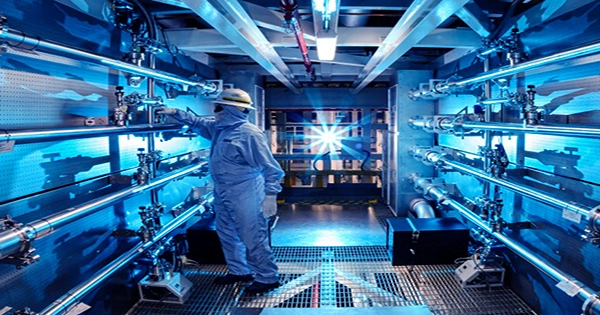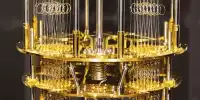Today, scientists were ecstatic to reveal a huge advance in the field of fusion energy development. The Joint European Torus (JET) lab in the United Kingdom broke its own 25-year-old record by creating 59 megajoules of energy in five seconds, or 30 pounds of TNT. We can now see a spectacular show of luminous plasma whipping across the interior of the donut-shaped container thanks to a camera positioned inside the reactor.
The conditions within the reactor are intense, with temperatures exceeding 100 million degrees Celsius, ten times that of the Sun’s core. The plasma glow is caused by deuterium and tritium isotopes fusing to make helium, which is essentially the same process that fuels our Sun. Fusion, which would provide a virtually infinite supply of totally green and safe energy, is still several years away. The reaction may have lasted a record-breaking five seconds, but the amount of energy required to get it started still much outweighs the quantity gained.
But that doesn’t negate the fact that this week’s breakthrough was a significant step in the right direction. “It’s really, really fantastic,” said Josefine Proll, a fusion physicist at the Eindhoven University of Technology in the Netherlands, who was not part of the newest demonstration, adding that five seconds is “a significant thing.”
By compressing together two kinds of hydrogen, the JET laboratory in the United Kingdom has broken its own world record for the amount of energy it can extract. If nuclear fusion can be successfully generated on Earth, almost endless quantities of low-carbon, low-radiation energy are possible.
Over the course of five seconds, the trials produced 59 megajoules of energy (11 megawatts of power). This is more than double what was obtained in 1997 during similar testing. It’s not a huge amount of energy – simply enough to boil 60 kettles of water. However, it is significant because it verifies design decisions made for a larger fusion reactor currently under construction in France.
“The JET trials have brought us one step closer to fusion power,” stated Dr. Joe Milnes, the reactor lab’s chief of operations. “We’ve shown that we can produce a little star within our machine and hold it there for five seconds while still getting good performance, which puts us in a whole new arena.”












